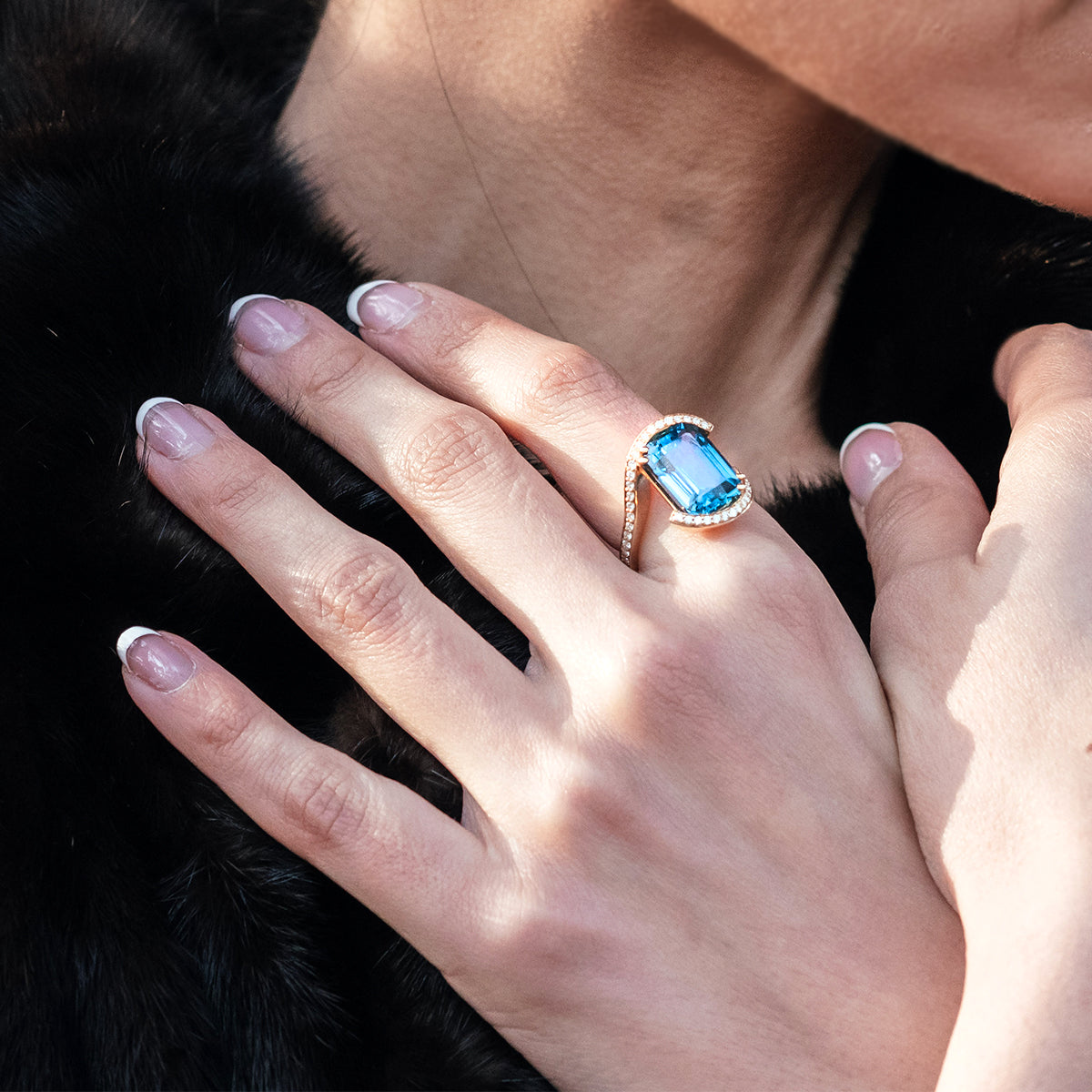That something so perfect, so pure can be found in nature – albeit with quite a great degree of luck, determination and effort – has made gemstones straightforward candidates for taking on symbolic and mythical roles. There are countless tales telling of the fortune of simple men chancing upon such miracles of nature and gods turning into gemstones. Likewise, gemstones have served as symbols of universal human experiences, so that the stories in which they appear are recognisable as parables presenting moral truths.
It might be thought that the symbolism of gemstones is merely a relic of the distant past; that not much happened since the ancients.
This, however, is not the case.
Gemstones appear and play symbolically heavy roles from Middle Eastern folk tales (think of Ali Baba) to romantic adventure novels (such as D’Artagnan’s diamond in The Three Musketeers by Dumas) to modern fiction (see Daisy’s pearl necklace in Fitzgerald’s Great Gatsby).
Gemstones can also indicate things less abstract: among others, they stand for wedding anniversaries: opal, for example, commemorates the fourteenth such occasion in a couple’s life. Gemstones are rendered to months, too, yielding the concept of "birthstones".
Less well-known is the fact that gemstones can stand for letters – up until the fin de siècle, emotional jewellery’, communicating a message with the help of ordered gems, was highly fashionable. George IV, for instance, died with a gemstone necklace around his neck, spelling the word 'dearest'.
Most importantly, however, gemstones have been, and still are, popular symbols of love. Jewellery featuring stunning red gemstones serve as proof of love, passion, and affection.
One of the most popular red gemstone is ruby. Ruby has a colour ranging from pink to blood-red. The mineral it’s formed of, corundum, which sapphires are also made from, is colourless in its purest form. Ruby’s vibrant red colour stems from the element chromium and the concentration of this determines the intensity of the colour. Known as ‘ratnaraj’ in the ancient language of Sanskrit, meaning the ‘king of gems’, ruby is one of the most valuable coloured stones there is.
Most rubies form inside marble as part of a natural metamorphic process. Marble-hosted rubies typically have a much richer, red colour than those formed outside marble. This is due to a reaction between chromium and the ultra-violet rays from the sun, which cause the stones to fluoresce. Consequently, this natural chemical reaction significantly elevates their value. Along with the colour intensity, a ruby’s quality and value is also determined by its cut, clarity and carat weight.
Valentine’s day is approaching; if you’d like to learn more about romantic gemstones such as ruby, let us cordially invite you to our next Gem Talk, Romantic Reds, discussing some of the most stunning red gemstones: ruby and spinel. The Talk takes place next Wednesday, the 10th of February from 6:30 to 7:30 pm on Zoom - truly exciting news! Send an email to
eszter@augustinejewels.com to get your personal invitation.
Until then, why not have a look at some of Augustine Jewels’ exquisite, handmade luxury jewellery featuring gorgeous red gemstones:
Do follow us on social media @augustinejewels to keep up to date with our latest collection and bespoke handmade jewellery pieces and fashion recommendations!
Our Notting Hill flagship store is open Monday to Saturday from 10am to 5pm, at 75 Westbourne Park Road, London, W2 5QH.
For bespoke enquiries, please contact Alexandra directly at alexandra@augustinejewels.com.
For general enquiries, email info@augustinejewels.com or call 020 3556 5780 during business hours to speak to a member of our team.









